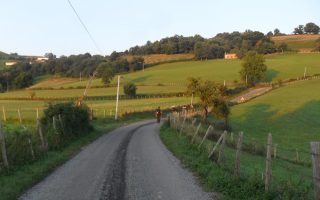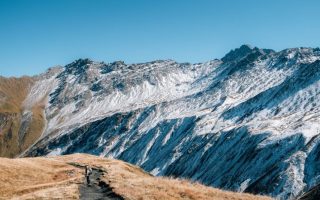
The Call of Europe’s Summit
In Russia’s Caucasus Mountains stands a white giant—Mount Elbrus. At 5,642 metres above sea level, it stands as Europe’s highest peak and features prominently on mountaineers’ bucket lists as one of the ‘Seven Summits’. Ascending Elbrus is not merely a technical climb; it is an ultimate test of willpower against the relentless forces of high altitude, extreme cold, and fierce winds.
Core Route: The Classic South Route
For most climbers, the southern route from the Russian side is the most frequently chosen ascent. This constitutes a lengthy and arduous high-altitude ascent.
Starting Point: Azau Glacier Cable Car Station, approximately 2,350 metres above sea level.
Ascent Stages:
Acclimatisation Training: Take the cable car to Garashashi (Barrel Depot, 3,850 metres) for altitude acclimatisation and glacier walking practice.
Pre-summit preparation: Trek to Diesel Engine Camp (4,200m) for rest and acclimatisation.
Summit attempt: Typically departing at midnight, traverse the Pastukhov Snowfield, ascend the steep Sedel Col, and finally reach the summit via the West Ridge.
Standard itinerary: Approximately 10-12 days, incorporating critical acclimatisation stages.
Difficulty: ★★★★★ (Extreme level, demanding exceptional physical fitness, high-altitude acclimatisation, and cold tolerance).
Unmissable Challenges and Views
The Agony of the Summit Night: Advancing step by step in sub-zero temperatures of -20 to -30°C, battling fierce winds by headlamp light, tests both mind and body.
The Saddle’s Crucial Decision: This steepest section of the ascent claims many who turn back. Successfully crossing it brings the summit within sight.
Standing on the Continental Divide: From the peak, the majestic mountains of Eurasia stretch out below, offering an unparalleled sense of achievement.
The awe of glaciers: En route, colossal crevasses and vast ice fields serve as stark reminders of nature’s terrifying yet beautiful power.
Practical Information and Tips
Best Season: June to September constitutes the primary climbing season, offering relatively stable weather and favourable snow conditions.
Equipment: This is a matter of life and death. Essential gear includes double-layer mountaineering boots, 12-point crampons, ice axe, harness, carabiners, thermal hat, balaclava, ski goggles, and insulated gloves. Never attempt this peak with standard hiking equipment.
Guides and Permits: It is strongly advised to organise through an experienced expedition company. They provide guides, logistical support, and assistance with Russian visas and climbing permits.
Altitude Sickness: Sufficient time for acclimatisation must be allocated; this is paramount for both success and safety.
Mount Elbrus resembles a stern judge, testing your preparedness, endurance, and resolve. Every step upon Europe’s highest peak is earned through sweat, perseverance, and courage. This is not merely a climb; it is a life-and-death trial of survival and transcendence.


